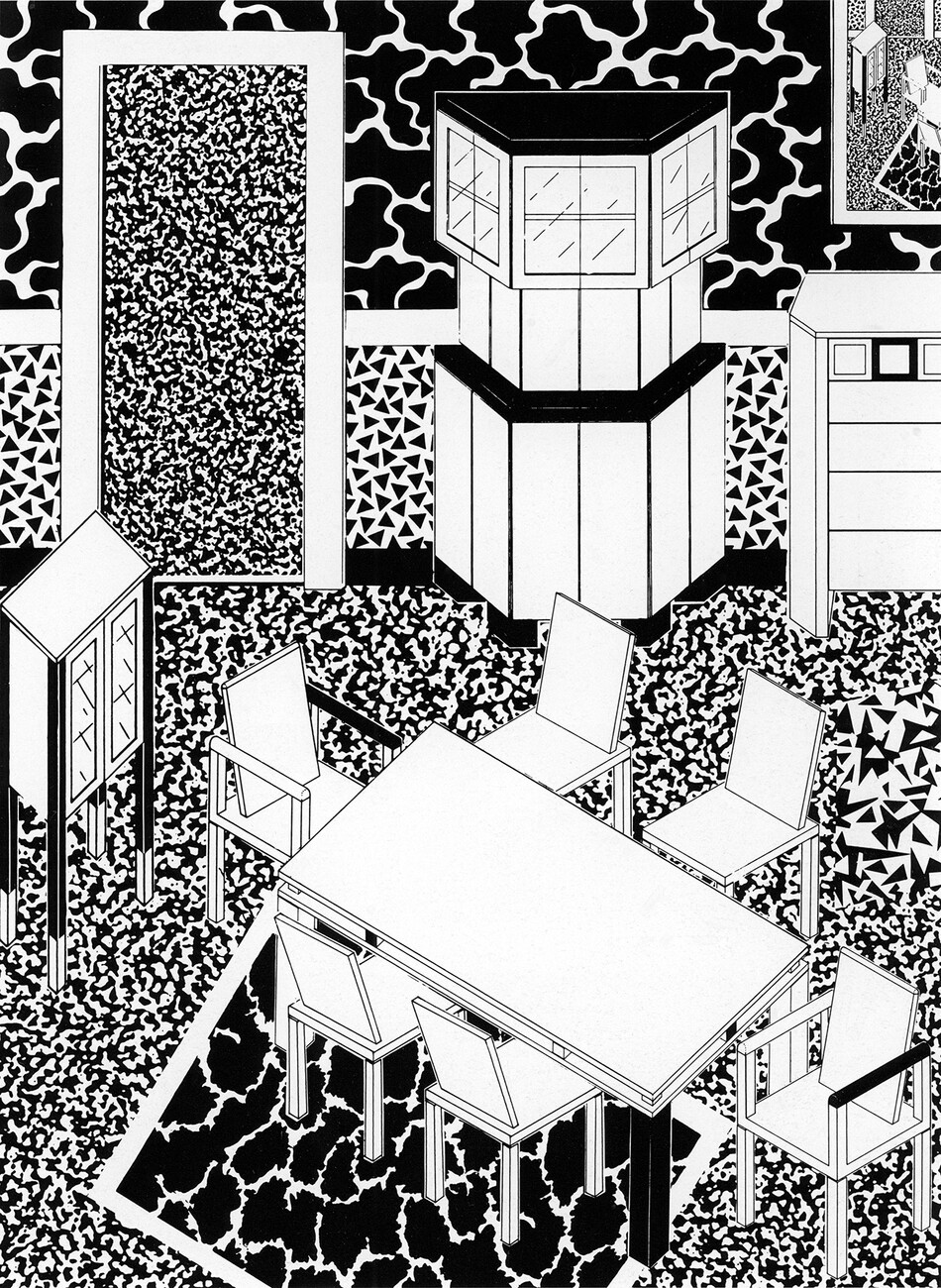Three questions to Mateo Kries
Anna Moldenhauer: Mr. Kries, the exhibition “Memphis. 40 Years of Kitsch and Elegance” is due to start shortly. However, owing to the ongoing pandemic there is no way of predicting when visitors will be able to come to the Vitra Design Museum. Why do you feel it is still worth presenting this show?
Mateo Kries: Well, the exhibition is set to run until January 2022 – so we hope that after the museum has reopened our public will still have plenty of opportunities to view the exhibition. Until then we want to give people an impression of the show through our digital channels. But naturally no digital presentation can substitute for actually visiting a good exhibition – for one thing especially with Memphis you have to sense the aura of the objects; we are therefore really looking forward to welcoming large numbers of visitors again once that is possible!
The designs of the Memphis Group were revolutionary in their day and a creative alternative to functionalism. From which established norms do you think designers should free themselves today?
Mateo Kries: Do we have to always follow the latest collections – as happens say with fashion? Or would it not be better to use things longer than the ever-faster fashion cycles suggest? That cuts both ways of course: In recent decades so many standards were thrown overboard that today it would almost be revolutionary to follow certain norms again. For example, as regards longevity or sustainability. Now, 40 years ago, you could really provoke people with a crazy design, but today there is little clout left to provocation which is not much more than marketing. It is not necessarily so much about breaking the norms, but about responsibility. That said, the Memphis Group also opened our eyes for such an attitude by showing that design object always send a message. That is an insight which is just as relevant today as it was then.
Currently, many designs are showing how it is possible to integrate design flexibly into different spatial settings by relying on a modular approach and/or a large selection of individual versions. And designers are also more strongly questioning the sustainability of the materials that are used. Do you have the impression that social quality and responsibility are gaining greater importance again?
Mateo Kries: Today “sensible” aspects such as modularity, responsibility and sustainability play an important role and that’s how it should be. At first sight the Memphis designers also rebelled against these ideas by deliberately creating unwieldy, hedonist and “loud” designs that were more about fun than common sense. But by doing so they made us more conscious of the impact of design and showed us what value our designed environment has. We can still learn from that today. After all, even though many Memphis objects come across like crazy sculptures they do possess character and it is often easier to have such an object around for longer because you develop a personal relationship to it than to boring, anonymous items. It is about learning to appreciate and consciously perceive our designed environment. This is what the Memphis objects communicated to us in the loudest and most direct manner possible.
"Memphis. 40 Years of Kitsch and Elegance"
6.2.2021 to 23.1.2022
Vitra Design Museum
Vitra Design Museum Gallery
Charles-Eames-Str. 2
79576 Weil am Rhein














